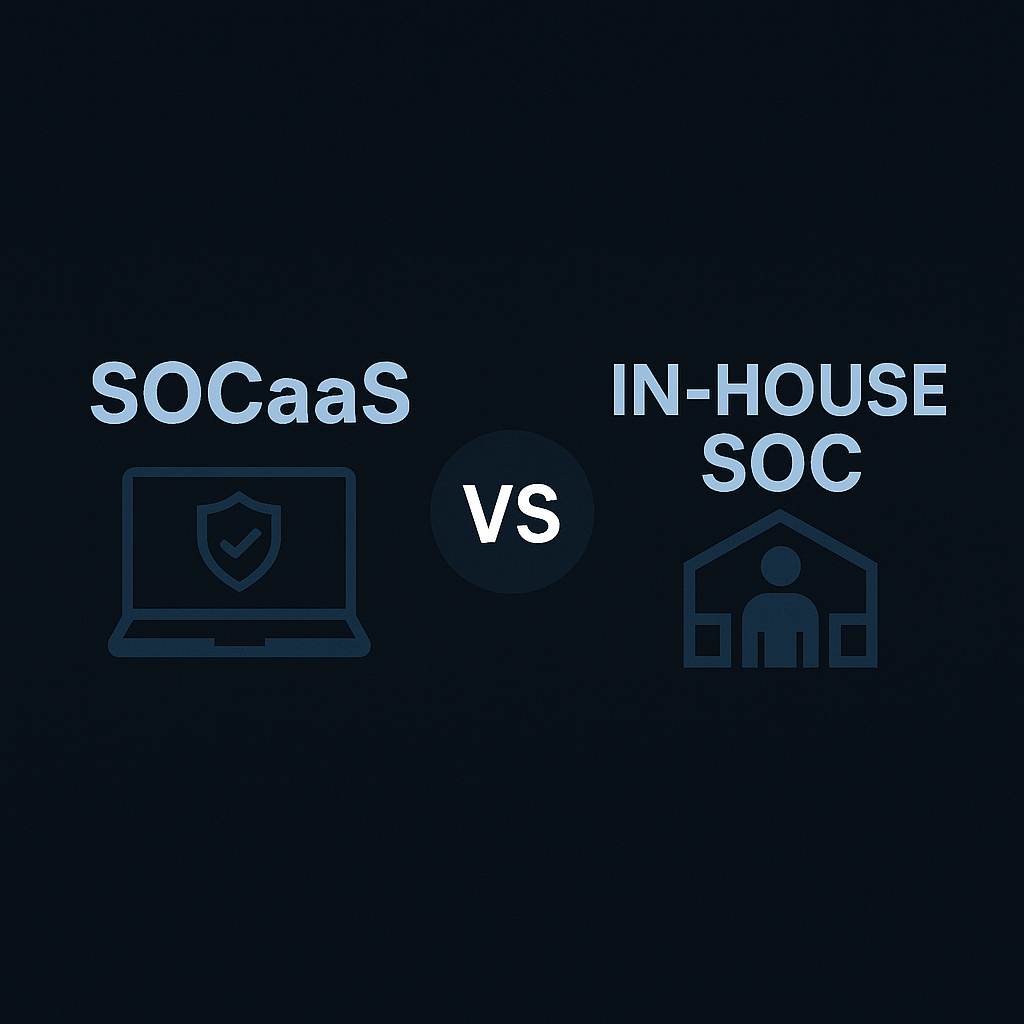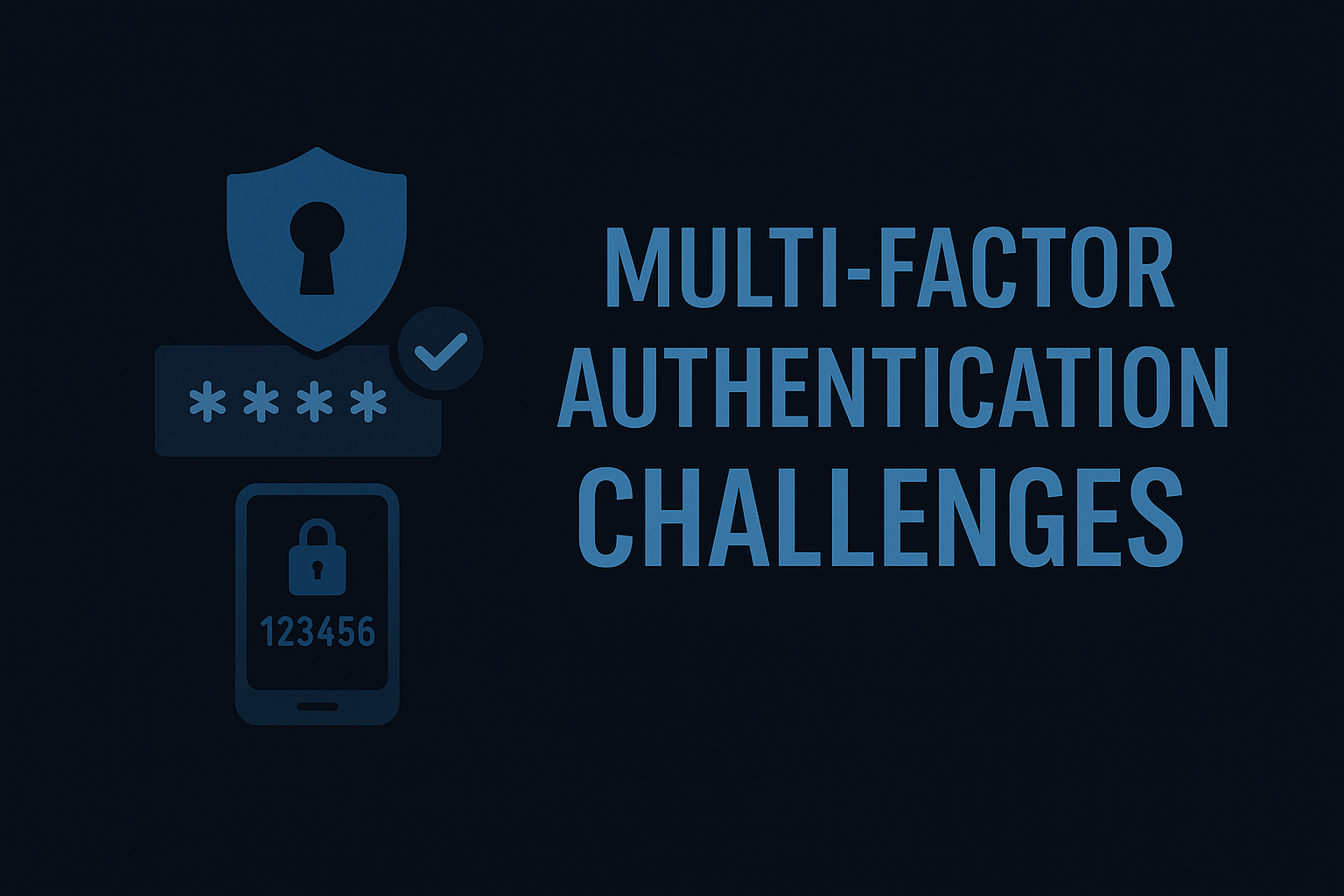Red team assessment vs penetration test is a security assessment challenge. Both are distinct but overlapping techniques used to evaluate an organization’s IT infrastructure. Like penetration testing, the red teaming exercise also involves hacking techniques to discover exploitable vulnerabilities in corporate systems, networks, applications, and other devices. However, the primary difference between the two is that red teaming is more scenario-based.
Penetration testing can assist in identifying existing vulnerabilities. Contrarily, red teaming assessment helps understand how organization's security controls perform in the context of real-world cyber-attacks.
This article will comprehensively explore the difference between red team and penetration testing.
[fs-toc-h2]What Is a Penetration Test?
Penetration testing, also known as pentesting or ethical hacking, is a simulated cyber-attack on an organization’s IT infrastructure. It is intended to find vulnerabilities in IT systems, networks, and software applications. Current cyber defense is evaluated to assess the effectiveness of security measures. Penetration testers usually use the same tools and techniques used by hackers to carry out real attacks.
According to the Ponemon Institute, 1 out of 5 organizations don’t test their software applications for security vulnerabilities. As a result, successful data breaches occur due to vulnerable applications that trigger massive losses in terms of reputation, finance, and compliance. In the past 12 months, businesses have suffered $12 million due to attacks in the face of vulnerable applications.
The penetration testing market is accelerating by leaps and bounds. Cybersecurity Ventures reveals that the pen testing industry across the globe will exceed $5 billion annually by 2031.
[fs-toc-h2]What Are Red Team Services?
A red team consists of a group of ethical hackers who are hired by an organization to test the effectiveness of their corporate cybersecurity measures. The red team also simulates real-world attacks to identify exploitable vulnerabilities across target systems, networks, software, physical security, and human factors.
The red team ensures that the organization's cybersecurity posture is resilient against the ever-evolving cybersecurity threats and attacks.
The scope of red teaming services is broader than traditional penetration testing. Red teams not only target existing threats but also the people and processes.
The objective of red team assessments is to know how adversaries can breach the security of an organization and gain access to critical systems and sensitive information. Having a pre-knowledge of attack can help your Security Operation Center (SOC) to better prepare against real-work attacks.
The Cybersecurity and Infrastructure Security Agency (CISA) carried out a red team assessment on the critical infrastructure of multiple geographically separated sites of an organization. The findings revealed that notwithstanding the robust cyber defense, the enterprise didn’t detect the activity of the red team throughout the assessment. Key identified vulnerabilities include:
- Inadequate endpoint monitoring
- Excessive permissions to users
- The use of insecure default configurations
- Insufficient network and host monitoring
- Potentially unwanted programs
- Inconsistent host configuration
{{post-cta}}
[fs-toc-h2]The Difference Between Red Team and Penetration Testing Services
Even though both pentesting and red team services aim to strengthen the cybersecurity of an organization, various factors contribute to their differences, which include purpose, scope, methodology, duration, reporting, team composition, and outcomes.
Purpose
The pen test vs red team comparison sheds light on the difference in terms of scope. The primary goal of pentesting is to determine the security effectiveness of particular applications, networks, or specific systems within an enterprise. Pentesters identify specific vulnerabilities before they become a problem. Doing so can help remediate them in a timely fashion and boost cybersecurity resilience against adversaries.
On the contrary, red team exercises differ in purpose. Highly skilled red-team cybersecurity professionals mimic actual threat actors to test the overall security posture of the organization, as well as its detection and response capabilities. Red teams not only look for technical vulnerabilities but also assess how well an organization can tolerate and respond to sophisticated cyber threats and attacks.
Scope
The penetration testing scope is typically more limited than that of red team operations. Pentesting practices tend to focus on specific areas of an organization, like web applications, networks, or internal infrastructure. It has set rules and goals. Pen testers perform security assessments of these assets within a fixed timeline and provide findings effectively.
Contrarily, the scope of red team services is broader, where numerous attack vectors and approaches are included. Red team engagements include prolonged attacks, hence enabling experts to test all the possibilities of attacks and assess the organization's security posture.
Red teams also test physical security, social engineering, and human weaknesses. Ongoing red teaming engagements help improve security in the future. It will also assess your corporate Incident Response Plan (IRP) to ensure whether it effectively responds to security incidents.
Methodology
Whether you use the red team or penetration testing service, make sure that the methodologies used serve your business needs. Pentesters also adhere to a formal methodology, typically using standardized methods like OWASP for web applications or NIST for network scans.
The red teaming methodology is structured and overt, often with pre-agreed rules. It incorporates planning, multi-vector attacks (e.g., physical, technical, social engineering attacks), and long-term engagements.
Duration and Engagement
Length of engagement is another strong element to consider when discussing pen testing vs red team. Pentest engagements are shorter and can last from days to a couple of weeks, depending on the complexity of a system. The objective is to provide a definitive assessment report after the engagement.
Contrarily, red teaming engagements can be longer, sometimes spanning weeks and months, as they simulate an attack for a longer period. This longer duration enables red teams not only to take advantage of technical weaknesses but also to monitor the organization's response capabilities over time.
Reporting and Outcomes
The reporting and outcomes anticipated also vary between the red team and the pen test. Penetration tests usually produce extensive and detailed reports that encompass identified security vulnerabilities, their severity, and comprehensive remediation procedures. The aim is to give businesses concrete next steps to strengthen their cyber defense.
Red team reports might center more on the general effectiveness of the organization's security plan. Organizations know the business impact of potential vulnerabilities and how they can enhance their detection and response capability. It provides holistic recommendations to enhance overall security.
Team Composition and Skills
Generally, 1 to 3 cybersecurity professionals form penetration testing teams with an emphasis on technical skills. These experts have a deep understanding of network protocols, operating systems, and applications, which allows them to recognize and comprehend possible attack vectors.
They are skilled in utilizing common penetration testing tools to conduct vulnerability scanning and analysis. Also, members of the team are experts at reporting and documentation, being able to communicate properly their findings and recommendations to stakeholders.
Red teaming engagements generally consist of various security specialists, most typically falling between 3 and 10 highly skilled individuals. Red teams comprise not only technical IT and network security experts but also social engineering and physical security professionals. These team members then collaborate to mimic sophisticated, multi-faceted attacks using their backgrounds in adversary emulation and strategic planning.
[fs-toc-h2]How to Choose Between Red Team and Pentesting Services?
In choosing between red team or pentesting services, you should consider the following scenarios and then select the most suitable option for your organization.
Organizational Maturity and Security Posture
Penetration testing is appropriate for your organization if you have a mature security defense and have existing vulnerabilities.
Red teaming is more useful if your organization has sophisticated security capabilities, looking for an end-to-end evaluation of its overall cyber resilience.
Security Objectives
Penetration testing is appropriate if your security teams want to target and remediate specific technical vulnerabilities. However, the red teaming can help you evaluate the ability of your organization to discover, react, and recover from advanced, multi-dimensional attacks.
Budget and Availability of Resources
Penetration testing is typically cheaper and less resource-intensive, with smaller team sizes, usually having one to three pen testers. It has a narrower scope involving certain systems or networks.
Red teaming engagements, on the other hand, are more resource-intensive, both in terms of personnel and cost, because they involve a larger team of varied specialists, usually three to ten experts.
Choose penetration testing in case you have smaller internal security staff or budget. Red teaming offers a more realistic and thorough analysis of your corporate overall cybersecurity posture.
Read more: How Much Does Penetration Testing Cost?
Regulatory Compliance
Penetration testing might be adequate for fulfilling some regulatory compliance requirements. The following regulatory standards require organizations to perform penetration testing:
- ISO/IEC 27001
- SOC 2
- PCI DSS
- GDPR
- NIST SP 800-53
- HIPAA
The following compliance regimes require businesses to perform red teaming services.
- NIST SP 800-115
- HIPAA
- ISO/IEC 27001
- CI DSS
- DFARS
You need to choose between red team versus pen test in accordance with your needs.
Risk Sensitivity
You might need red teaming if your organization has a high risk sensitivity. It will help your SOC analysts deeply understand potential adversarial techniques.
Contrarily, organizations with a low risk tolerance would prefer penetration testing to discover and neutralize known vulnerabilities.
Red teaming is extremely useful to comprehend sophisticated attack vectors in sensitive domains, such as healthcare or finance, while medium sensitivity environments can be sufficiently met with regular penetration testing.
Desired Outcomes and Reporting
Penetration testing focuses on producing detailed technical results and remediation suggestions. Red teaming provides a wider, strategic perspective of an organization's security stance and resilience.
Finally, the decision between a red team or penetration testing services should be made after a careful assessment of the security goals, maturity level, and desired results to improve the overall cybersecurity posture of the organization.
[fs-toc-h2]Conclusion
When choosing between red team or penetration testing services, it’s important to know the essential differences between the two. It mostly depends on a thorough evaluation of your company's security objectives, maturity level, and desired outcomes.
Penetration testing is the best fit if you want to target technical vulnerabilities, while red teaming tests overall cyber resilience against multi-faceted attacks. Organizations with a high risk profile would benefit from red teaming because it shares information about the tactics of adversaries. Businesses with a low risk tolerance can opt for penetration testing vs red team.
[fs-toc-h2]Astro Information Security – Your First Choice
Astro Information Security stays on the front foot when it comes to protecting your digital assets. We offer effective penetration testing and red teaming services. Our professional security staff is ready to assist you in making the right decision for your company's security requirements.
Being a proud Microsoft Solutions Partner in Security, we utilize innovative technologies and the industry’s best practices to boost your cyber defense. Don't leave your security to fate — contact us today for a customized consultation and learn how we can assist in strengthening your cybersecurity posture and safeguarding your critical assets from future threats. Your security journey begins with us.
[fs-toc-h2]FAQ
What is the main difference between pentest and the red team?
Pen testing finds particular vulnerabilities in systems, apps, and networks, whereas red teaming mimics real attacks to determine the overall security posture of an organization.
How long do pen testing and red team engagements last?
Pen testing usually takes a few days to weeks. Red team engagements, on the other hand, can take weeks to months to allow for a complete assessment.
What kind of team is usually engaged in a penetration test compared to a red team assessment?
Pen testing comprises one to three pen testers. Red teams consist of three to ten experts with diverse skill sets to mimic advanced, multi-faceted attacks.
Which service is more suitable for high-risk organizations?
High-risk organizations might opt for red teaming services. This service gives more in-depth information on adversarial methods and provides cyber resilience against advanced hacking tactics.
What are some regulatory compliance standards that would require penetration testing?
Compliance requirements like ISO/IEC 27001, SOC 2, PCI DSS, GDPR, NIST SP 800-53, and HIPAA would require businesses to perform pen testing to secure and comply with regulations.
Get started on your security today
Let us know how we can help you stay on track with your cybersecurity. We’ll get back to you in 24 hours or sooner.


.svg)









